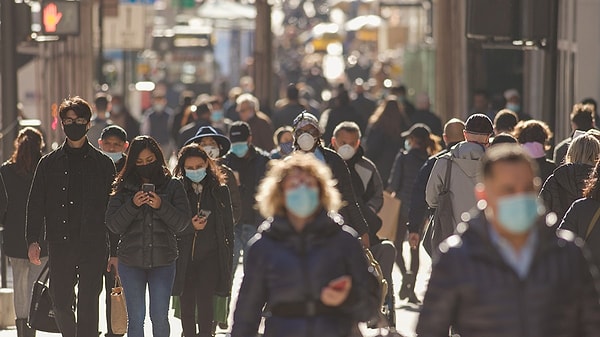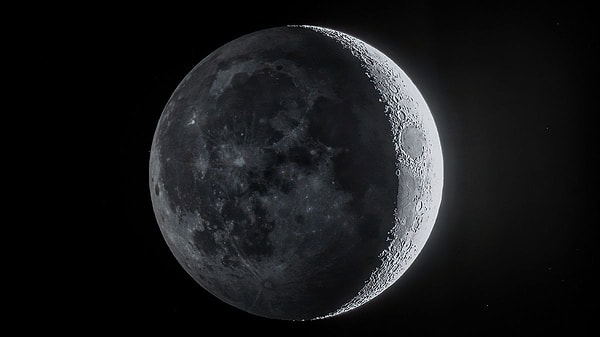NASA's latest findings reveal a shocking connection between the COVID-19 pandemic and our celestial neighbor—the Moon. As lockdowns gripped the Earth, it seems they may have had unexpected effects beyond our planet, leading to a measurable drop in the Moon's surface temperature. How could a global health crisis impact such a distant body? Join us as we explore this fascinating research and its implications for our understanding of both Earth and the Moon!
Could COVID-19 Quarantine Have Altered the Moon's Surface? NASA Reports a Temperature Drop

Due to the rapidly spreading coronavirus pandemic around the world, the World Health Organization declared a global pandemic on March 11, 2020, marking the beginning of the quarantine process.

The pandemic, which affected the world, lasted longer than many anticipated and profoundly impacted daily life. However, new research conducted by NASA indicates that Covid-19 may have negatively affected not only our planet but also the Moon.
The quarantine process brought about significant changes in human lifestyle patterns.

Meanwhile, this change also impacted natural life and CO2 emissions. According to recent data obtained by NASA's research team, which studied the nighttime surface temperatures of the Moon, this situation affected the Moon as well.
The Diviner Reduced Data Record from NASA's PDS Geosciences Node was analyzed over six years!
The Moon, which is tidally locked to the Earth, has a rotation speed around its own axis that is the same as the time it takes to orbit the Earth. Therefore, the Moon's near side always faces the Earth. For this reason, the research team focused on six different locations on the near side of the Moon, including Oceanus Procellarum, Mare Serenitatis, Mare Imbrium, Mare Tranquillitatis, and Mare Crisium, to minimize local temperature effects. They then analyzed data from NASA's PDS Geosciences Node over six years.
When compared to previous years, the results revealed "an abnormal decrease in the nighttime surface temperatures of the Moon."
The research team analyzed data from the six different locations on the Moon's near side between 2017 and 2023. The results showed that during the period of April-May 2020, which coincided with the strict global Covid-19 quarantine, there was an abnormal drop in the nighttime surface temperatures of the Moon across all locations. This decrease was between 8-10 Kelvin compared to the same period in other years during the quarantine months.
So, how did Covid-19 affect the lunar surface?
Researchers attribute the temperature drop to the reduction in radiation emitted by the Earth during the quarantine. Human activity significantly decreased during this period. For instance, there was a notable decline in greenhouse gas emissions and aerosols, leading to less heat being trapped and re-emitted by the Earth's atmosphere. This, in turn, affected the amount of radiation reaching the Moon.
K Durga Prasad from the Physical Research Laboratory (PRL) stated, 'The Moon acts as an amplifier of Earth's radiation signature. This unique global event provided us with a rare opportunity to observe how changes in human activity on Earth could affect our closest celestial neighbor.'
Thus, it seems that the Covid-19 quarantines inadvertently made the lunar surface cooler for a time.

